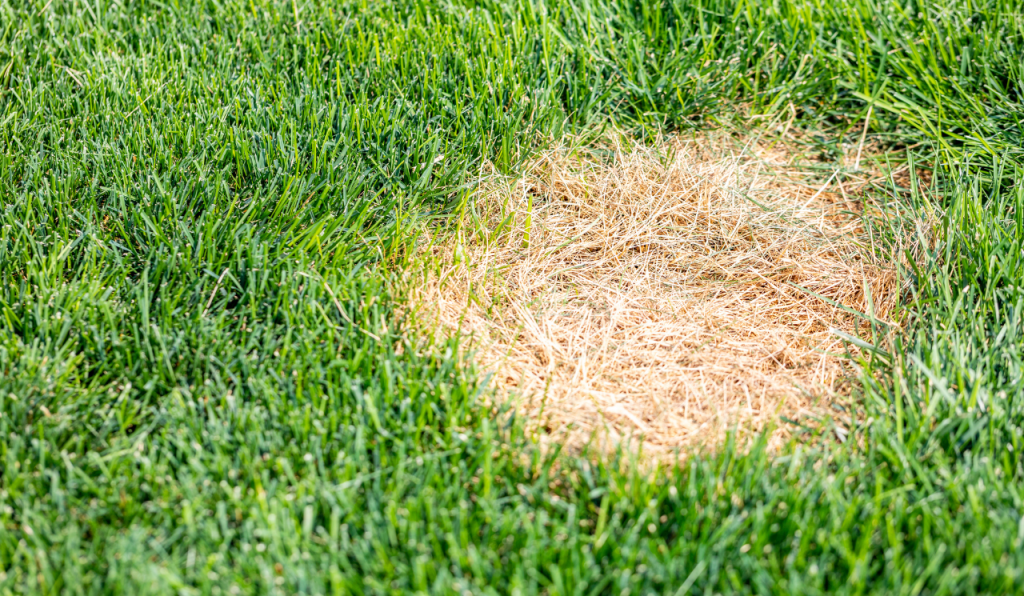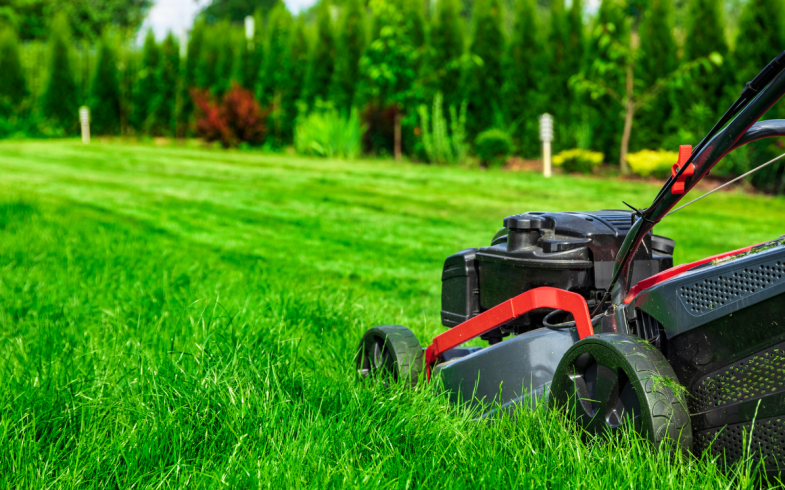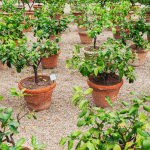Top Tips For A Thicker & Greener Grass Lawn
For those of us lucky enough to have a big garden, there’s no doubt a grassy area taking up a portion of it. Having a grassed area in your garden can be a beautiful addition to your outdoor space, offering a lush green lawn for added tranquility, creating a relaxing environment that is perfect for spending time with friends and family, as well as being super friendly for wildlife. However, maintaining a healthy grass lawn can be a challenge, especially when faced with issues such as patches, brown grass, moss, and weeds.
In this blog post, I’ll share some of my top tips for keeping your lawn looking thick and green all year round.
Common Grass Issues
Before we dive into the tips, it’s important to understand some of the common issues you may encounter with your lawn. Here are a few of the most common grass problems:
- Bare patches can be caused by a variety of factors, including heavy foot traffic, pet urine, or disease.
- Brown spots are often a sign of drought, over-fertilisation, or disease.
- Moss can indicate poor drainage or too much shade.
- Weeds can quickly take over a lawn if not controlled properly.

Top Tips for a Thicker & Greener Grass Lawn
Aerate Your Lawn
Compacted soil can be a major issue for grass growth. Over time, the soil becomes compacted, making it harder for roots to penetrate and absorb water and nutrients. Aerating your lawn once or twice a year can help alleviate this issue. You can use a manual aerator or a machine to make small holes in the soil, which will help to loosen the soil and allow air, water and nutrients to reach the roots.
Fertilise Your Lawn
Regular fertilisation is crucial for a healthy lawn. Choose a fertiliser that is appropriate for your soil type and follow the instructions on the package carefully. Over-fertilising can cause more harm than good, so be sure to apply fertiliser according to the instructions. A good rule of thumb is to fertilise your lawn twice a year, in the spring and autumn.
Mow Your Lawn Correctly
Mowing your lawn too short can damage the grass and make it more susceptible to pests and disease. Be sure to adjust the height of your mower blades to avoid cutting the grass too short. A good height for most grass types is around 2-3 inches. Additionally, avoid mowing your lawn when it’s wet, as this can also damage the grass and cause clumping.
Water Your Lawn Adequately
Watering your lawn is crucial for its growth and health, but it’s important to do it correctly. Over-watering can cause the roots to rot, while under-watering can lead to drought stress. A good rule of thumb is to water your lawn deeply once a week, rather than giving it a light watering every day. This will encourage deep root growth and help your lawn to tolerate periods of drought.
Control Weeds
Weeds can quickly take over a lawn if left unchecked. One of the most effective ways to control weeds is to use a selective herbicide. Be sure to choose a herbicide that is appropriate for your grass type and follow the instructions carefully. Alternatively, you can manually pull weeds by hand, but this can be a time-consuming process.
Reseed Bare Patches
Bare patches can be unsightly and can also lead to weed growth. If you have bare patches in your lawn, consider reseeding the area. Choose a seed mix that is appropriate for your grass type and follow the instructions carefully. Be sure to keep the area well-watered until the new grass has established itself.
Use Shade-Tolerant Grass
If your lawn is in a shady area, it can be challenging to maintain healthy grass. Consider using a grass seed mix that is specifically designed for shade-tolerant grasses. These types of grasses are better able to withstand low levels of sunlight and will require less water than other types of grass. Additionally, consider pruning back any overhanging branches or trees that may be blocking sunlight from reaching your lawn.
Remove Moss
Moss can quickly take over a lawn if not controlled. If you have moss in your lawn, consider using a moss killer. Be sure to follow the instructions carefully, as some moss killers can damage the grass if not used correctly. After the moss has died, rake it out of the lawn and reseed the area if necessary.
Avoid Compaction
Compacted soil can be a major issue for grass growth. Avoid heavy foot traffic on your lawn, especially when the soil is wet, as this can cause the soil to become compacted. Additionally, avoid parking heavy vehicles on your lawn, as this can also damage the grass and soil.
Overseed Your Lawn
Overseeding your lawn can help to thicken it and fill in any bare patches. Choose a seed mix that is appropriate for your grass type and follow the instructions carefully. Be sure to keep the area well-watered until the new grass has established itself.
In conclusion, maintaining a healthy and lush lawn takes time and effort, but the end result is well worth it. By following these top tips, you can keep your lawn looking thick and green all year round. Remember to aerate your lawn, fertilise it regularly, mow it correctly, water it adequately, control weeds, reseed bare patches, use shade-tolerant grass, remove moss, avoid compaction, and overseed your lawn when necessary.
With a little bit of work, you can have a beautiful and thriving grass lawn that will be the envy of your neighbours. Happy gardening!















No comments.